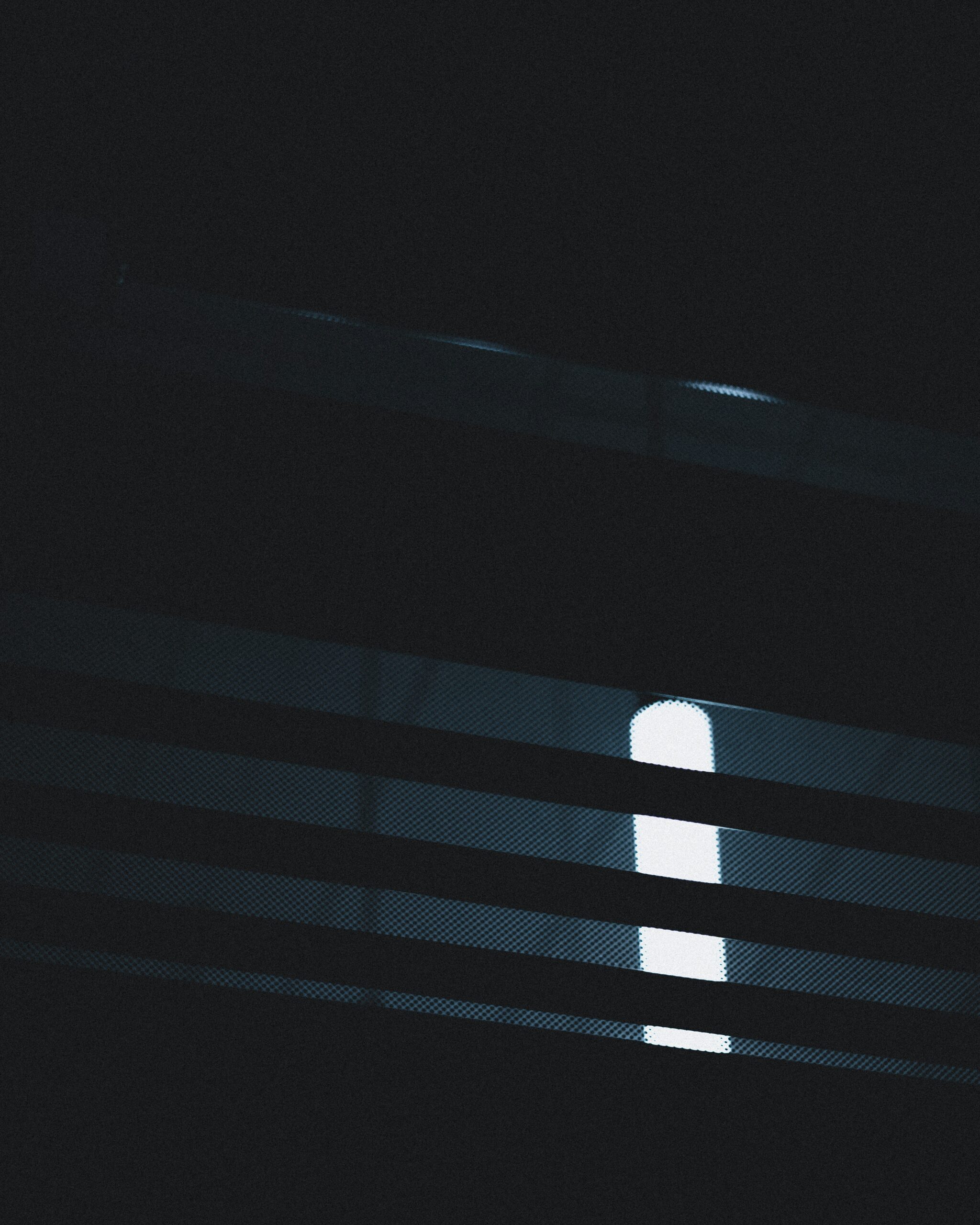Have you ever found yourself preparing for a hunting trip just as the sun starts to set, and the light begins to fade? As a hunting enthusiast, you know that the magic often happens at dusk or dawn when the animals are most active. But these are also the times when visibility can be a challenge. So, how do you ensure accuracy when nature throws its shadows across your path? The answer often lies in your choice of reticle.
Choosing the right reticle for low light conditions can be the difference between successfully tagging a target and returning empty-handed. In this article, we’ll explore which reticle types are best suited for these conditions, helping you to make informed decisions that enhance your hunting experiences.

Understanding Reticles
What is a Reticle?
A reticle, often referred to as a crosshair, is the pattern you see when looking through a rifle scope. It’s your targeting aid, enabling you to aim accurately at your target. Reticles come in various designs, each bringing its own set of advantages and disadvantages to different hunting scenarios.
How Reticles Work in Low Light
In low light, your vision and perception can significantly diminish, making it harder to spot your target. This is where a well-designed reticle comes into play. It helps by offering clear points of reference to guide your aim, ensuring that the lack of light does not impair your accuracy. With a suitable reticle, you can maintain precision and efficiency, even when the sun is barely above the horizon.
Types of Reticles for Low Light Conditions
There are several types of reticles, each designed with unique features that cater to various lighting environments. Let’s dive into the most notable ones that hunters typically consider for low light hunting.
Illuminated Reticles
Illuminated reticles are among the most popular choices for low light conditions. As the name suggests, these reticles have an internal light source, usually LED-powered, to illuminate the crosshair. This illumination keeps the reticle visible against darker backgrounds, minimizing the difficulty of acquiring and targeting game.
Pros:
- Enhanced visibility in low light
- Adjustable brightness
Cons:
- Requires batteries
- Potential for the light to be too bright, causing glare
Duplex Reticles
Duplex reticles are probably what most shooters think of when they picture a standard crosshair. This reticle starts thick at the outer edges and tapers to a thinner line at the center. This design helps the hunter’s eye naturally focus toward the center of the reticle, which is particularly useful when there is little light.
Pros:
- Simplistic design, easy to use
- Automatically draws focus to the center
Cons:
- Lacks range estimation markers
Ballistic Reticles
These are for the hunter who wants to be able to account for bullet drop over longer distances, even in low light. Ballistic reticles are equipped with additional markings to help shooters compensate for bullet trajectory, ensuring precision even with decreased visibility.
Pros:
- Facilitates longer distance shooting
- Assists with bullet drop compensation
Cons:
- Can be complex for beginners
- Cluttered view if not used properly
Illuminated Mil-Dot Reticles
Combining the concepts of illumination and ballistic compensation, illuminated mil-dot reticles provide the best of both worlds. This reticle type comes with a mil-dot design, where each dot can be used for estimating range and bullet drop, alongside the added feature of illumination.
Pros:
- Versatile for various conditions
- Great for experienced marksmen
Cons:
- Complexity can overwhelm novice hunters
- Higher cost
Factors to Consider When Choosing a Reticle for Low Light Hunting
While understanding the basic types of reticles is crucial, knowing how to choose the right one requires considering a variety of factors that impact your hunting situation:
Environment and Terrain
The surrounding environment can heavily influence which reticle works best for you. If you’re hunting in dense woods, an illuminated reticle might be necessary to make sure your crosshairs don’t blend into the dark foliage. Conversely, in more open fields, a duplex or ballistic reticle may suffice.
Type of Game
The game you’re hunting can also dictate your choice. For fast-moving animals like deer, a simpler reticle such as a duplex might be ideal for rapid target acquisition. For larger games at remarkable distances, a ballistic or a mil-dot reticle provides more precision.
Personal Comfort and Experience
Finally, the best reticle is one that matches your level of comfort and expertise. If you’re a seasoned hunter and comfortable with complex calculations, a ballistic or illuminated mil-dot reticle may be suitable. However, if simplicity and ease of use are your priorities, you might prefer a basic duplex or standard illuminated reticle.
Budget Considerations
Investing in a high-quality reticle with illumination features often incurs a higher cost. However, balance your budget with your needs. A well-balanced, cost-effective option may exist within illuminated duplex designs that provide enough performance for low light without the higher price tag of military-grade options.
The Role of Scope Features in Low Light Hunting
While reticles play a vital role, the scope itself also contributes significantly to your ability to hunt in low light. Understanding these factors can help fully optimize your setup:
Objective Lens Diameter
A larger objective lens allows more light to enter the scope, thereby offering better visibility in low light conditions. Typically, lenses around 50mm are preferred for hunting at dusk or dawn.
Lens Coatings
Lens coatings reduce glare and enhance light transmission, both of which are critical during low light conditions. Coated lenses can make a stark difference in what you see through your scope.
Magnification Settings
Adjustable magnification allows you to fine-tune your focus, which is essential when light is scarce. While higher magnification can make a dim scene more visible, it can also narrow your field of vision, so use it judiciously.

Installing and Maintaining Low Light Reticles
Once you’ve chosen the perfect reticle for your needs, proper installation and maintenance are key to ensuring they provide the best performance. Here’s how:
Installation Tips
Ensure proper alignment with the barrel when mounting your scope. Misalignment leads to inaccurate shots, which is counterproductive to having an enhanced low light reticle.
Regular Maintenance
Regular zeroing and testing are crucial, especially if you’ve opted for illuminated reticles, as battery life and operational integrity can impact performance. Clean your lenses frequently to maintain clarity and check for any damages or misalignments.
| Reticle Type | Visibility | Complexity | Price Range |
|---|---|---|---|
| Illuminated | High | Moderate | $$ – $$$ |
| Duplex | Moderate | Low | $ – $$ |
| Ballistic | Moderate | High | $$ – $$$ |
| Mil-Dot | High | High | $$ – $$$ |
Summary
Navigating the world of reticles for low light hunting can be complex, given the numerous options available. However, by understanding the pros and cons of each reticle type and considering aspects such as environment, game, and personal comfort, you can make an informed choice that enhances your hunting endeavors. Remember, the right reticle, in conjunction with a high-quality scope, can profoundly improve your low light shooting accuracy, making your hunting experiences more rewarding and successful.
Is there a reticle type you’ve had a particularly good experience with in low light conditions? If so, your insights might help another hunter who is just starting to explore the world of reticles.

